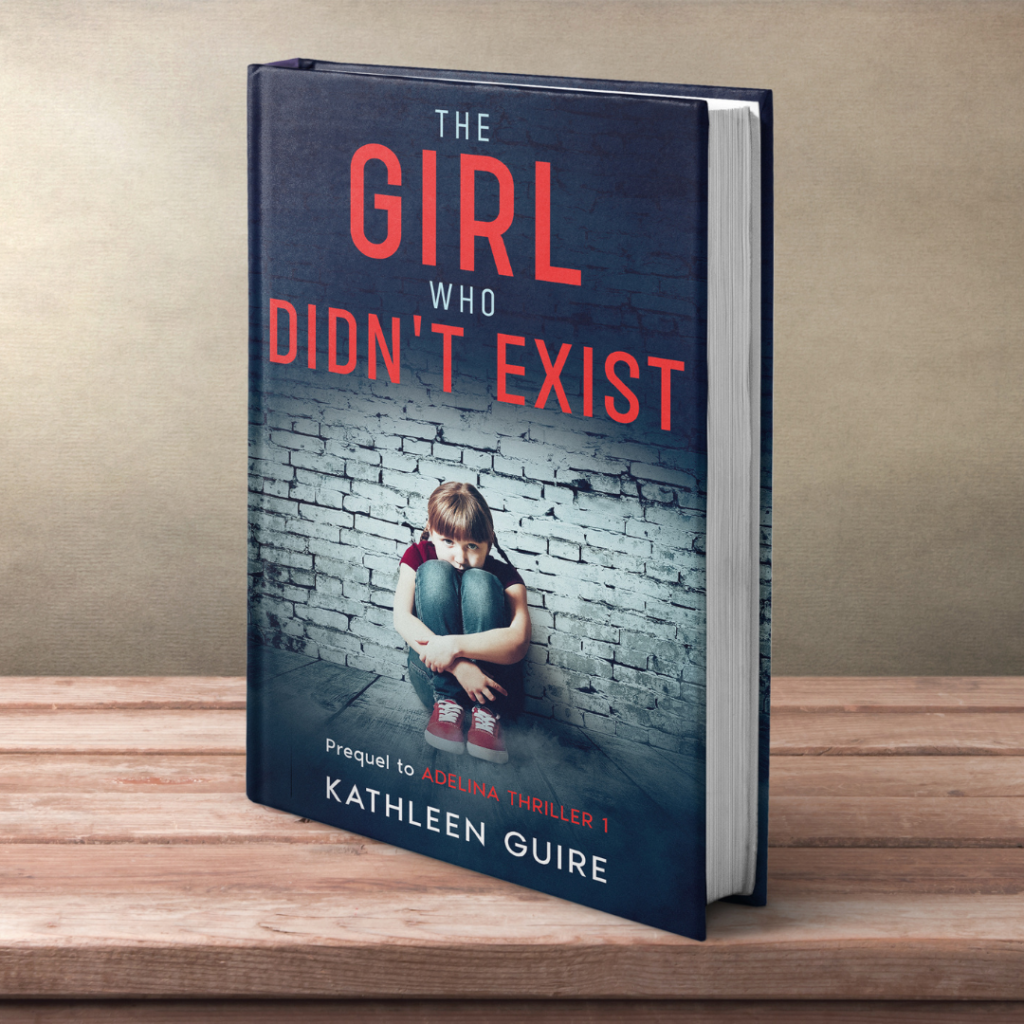What Does It Take to Educate Your Child Through Literature Without A Curriculum?
As parents, we all want to find meaningful ways to educate our children about important life topics, but it’s challenging to find the right materials that speak to these issues in an age-appropriate way. Books can be powerful tools for these conversations, but many novels today are either too graphic or too disconnected from reality. That’s exactly why I began writing fiction—to create stories that engage readers while addressing crucial cultural topics in a way that’s thoughtful and impactful.
Educating your child doesn’t always require a formal curriculum or a strict set of questions. Sometimes, the best learning comes from organic conversations and meaningful engagement with the material. One of the simplest ways to introduce a new topic or difficult concept is by reading a novel that deals with that theme. This approach allows for natural discussions, personal connections, and deeper understanding, without the pressure of traditional lessons. Here’s how you can do it:
1. Choose a Novel with the Right Theme
To begin, select a novel that covers the topic you’d like to introduce to your child. Whether it’s historical events, social issues, or emotional topics, there’s a novel that can facilitate that conversation. For example, if you want to discuss the Civil Rights Movement, Roll of Thunder, Hear My Cry by Mildred D. Taylor is an excellent choice. For environmental issues, Hoot by Carl Hiaasen can spark conversations about conservation and activism.
The key is finding a book that resonates with the topic while also being age-appropriate and engaging for your child.
2. Read Together or Individually
Once you’ve selected the book, decide how you want to read it. Some children enjoy reading with their parents, where you can share the experience and have real-time discussions. Others might prefer reading on their own, giving them the space to digest the material at their own pace.
Both approaches work—what matters is the follow-up discussion, which allows your child to reflect and express their thoughts.
3. Encourage Retelling and Summarization
After reading a chapter or section, ask your child to summarize or retell what’s going on in the book. This practice helps them solidify their understanding of the material and gives you insight into what they’ve absorbed.
Ask open-ended questions such as, “What happened in this chapter?” or “Can you explain what this character is going through?” This way, you’re guiding them to think critically about the story.
4. Compare and Contrast with Real Life
One of the most powerful ways to deepen your child’s understanding of the material is by drawing comparisons between the novel and their own life or the world around them. Ask questions like, “How is this situation similar to what’s happening in our world today?” or “Can you imagine what it would feel like to be in this character’s shoes?”
For example, when reading Roll of Thunder, Hear My Cry, you can ask how the racial tensions in the book compare to things they’ve heard or seen in the news. This opens up a safe space to explore their thoughts on complex issues without feeling overwhelmed.
5. Ask Thought-Provoking, Non-Judgmental Questions
While reading, ask questions that prompt reflection rather than just seeking “right” or “wrong” answers. Questions like, “What would you do in this situation?” or “Why do you think the character made this choice?” are excellent starting points.
The goal is to foster conversation and let your child think critically about the characters’ actions and motivations. This method teaches empathy, problem-solving, and decision-making in a subtle, engaging way.
6. Let Them Identify with Characters
Encourage your child to connect with a character they resonate with. Ask, “Is there someone in this book you relate to? Why?” Identifying with a character can make the story more impactful and help them process difficult emotions or ideas through a character’s lens.
This personal connection deepens their understanding of the story and makes the lessons from the novel stick.
7. Teach About Neglect and Difficult Situations
You can also teach your child or tween about the effects of neglect and how to navigate difficult situations through stories that explore these themes. My freebie The Girl Who Didn’t Exist, part of the Adelina Thriller Series, introduces Adelina, a child neglected by her mother. After being rescued, she’s moved to a hospital and then an orphanage, where she faces new challenges while healing from her trauma. As she deals with these difficulties, Adelina’s journey shows resilience and survival through harsh conditions. It’s a powerful way to open up conversations about trauma, neglect, and recovery without overwhelming your child.
8. No Formal Curriculum Needed
While there are plenty of reading guides and discussion prompts available, you don’t need a formal curriculum to educate your child through a novel. The magic lies in the conversations, reflections, and insights that come naturally as you read. The most important thing is allowing your child to explore the material and process it in their way.
If you want to structure the experience, you can use additional resources or discussion questions, but often, the best learning happens when it’s casual and relaxed.
Expert Insight
According to Michael D. O’Brien in A Landscape with Dragons, stories are powerful tools for shaping a child’s understanding of good and evil, virtue and vice. He emphasizes that, “When children learn through stories, they internalize moral lessons in ways that direct lectures can’t achieve. A well-crafted story plants seeds of wisdom that take root and grow, often without the child even being aware.”
This is why novels, especially those dealing with complex topics like neglect or injustice, can have such a profound impact on young minds.
Why I write fiction
One of the main reasons I became a fiction author was to offer readers books that tackle important cultural issues without the graphic scenes and f-bombs that so many novels include. As a parent, I struggled to find books that addressed real-life challenges in a way that felt appropriate, and I realized dry textbooks weren’t the answer—kids don’t connect with facts, they connect with characters. That’s why I created the Adelina Thriller series for YA and adult readers, addressing human trafficking through thrilling narratives that also educate. I wrote the Sera Craven Mysteries for tweens, blending mystery-solving with crucial lessons on social media safety, trafficking, and the importance of history and community, inspired by the beloved Nancy Drew series. For moms, my Cozy Corner Mystery series offers a deeper look at mental health, with stories that delve into agoraphobia and trauma, while still delivering the warmth and comfort of a cozy read. And for those wanting a fast-paced thriller, Kill the Librarian explores foster care and trafficking, offering twists and turns while shining a light on these critical issues. I write these stories so that families like yours can enjoy gripping novels that also create awareness and understanding—helping you and your kids learn with no a curriculum. Through these books, you’ll not only be entertained but also transformed.
Grab a free book!
Want to introduce your child to powerful stories that teach important life lessons? Download my free book The Girl Who Didn’t Exist and start a conversation about overcoming neglect and navigating difficult challenges today. Through Adelina’s journey, you and your child can explore themes of resilience, trauma, and healing—together.

A girl with no name.
No birth record.
She’s the girl who doesn’t exist.
Pin it:

other resources:
Rewriting the Script: How Relatable Characters Can Help Kids Challenge Harmful Childhood Messages
Finding Yourself in Fiction: Why Relatable Characters Matter

